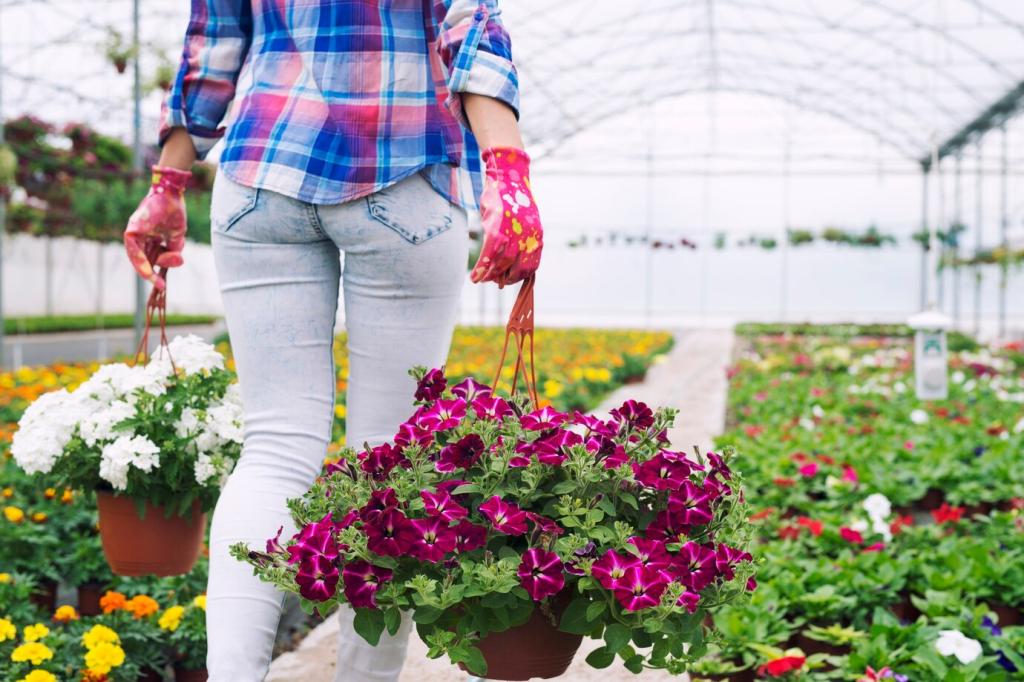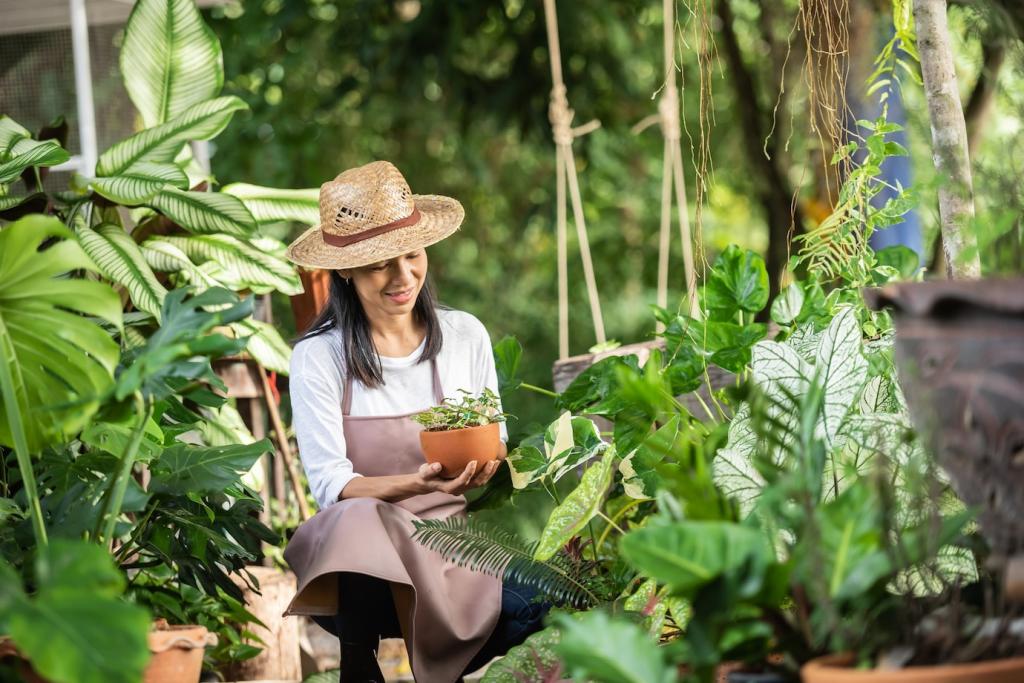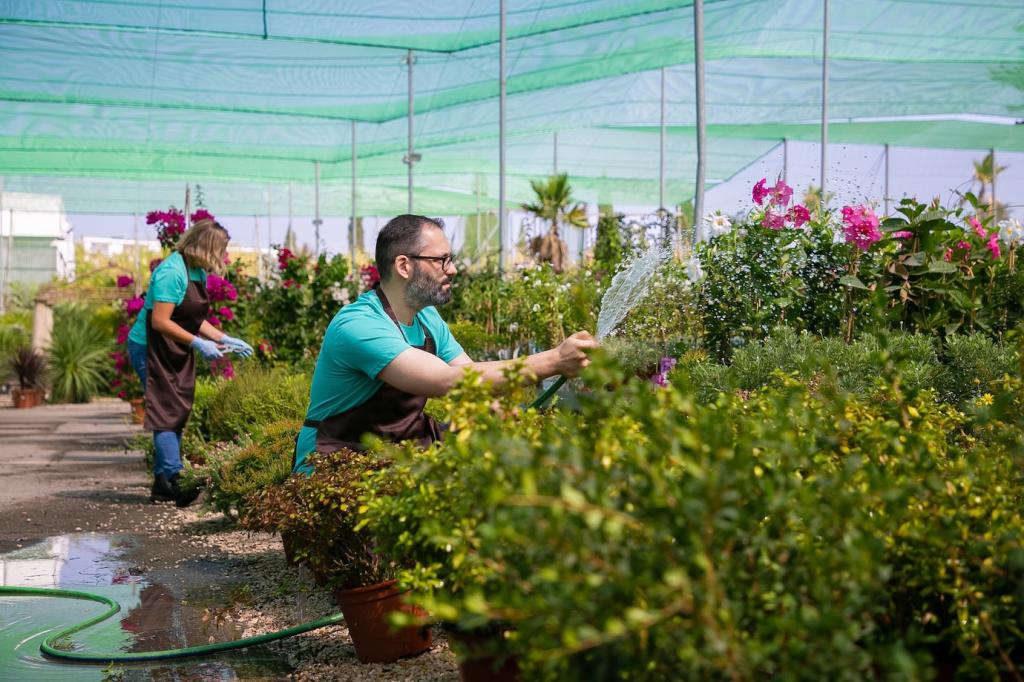This website uses cookies so that we can provide you with the best user experience possible. Cookie information is stored in your browser and performs functions such as recognising you when you return to our website and helping our team to understand which sections of the website you find most interesting and useful.
Vertical Gardening Solutions for Urban Areas
Vertical gardening solutions are reshaping urban environments, offering innovative ways to integrate greenery into densely populated cities. These solutions make use of available vertical space—on walls, balconies, and rooftops—transforming otherwise unused structures into lush, functional landscapes. With growing concerns about limited square footage, air quality, and sustainability, vertical gardens present an appealing method for city dwellers to cultivate plants, beautify their surroundings, and improve their wellbeing. This page explores the various strategies, benefits, and considerations involved in adopting vertical gardening solutions in urban areas, aiming to inspire city residents and urban planners alike to embrace greener, healthier lifestyles.


Urbanization and Space Limitations
Environmental and Health Benefits
Social and Aesthetic Value
Fundamentals of Vertical Gardening

Installation Methods and Considerations
Site Assessment and Preparation
Mounting Systems and Materials
Maintenance and Sustainability

Designing Vertical Gardens for Urban Lifestyles
Customization for Small Spaces
Incorporating Multi-Use Features
Enhancing Urban Interiors


